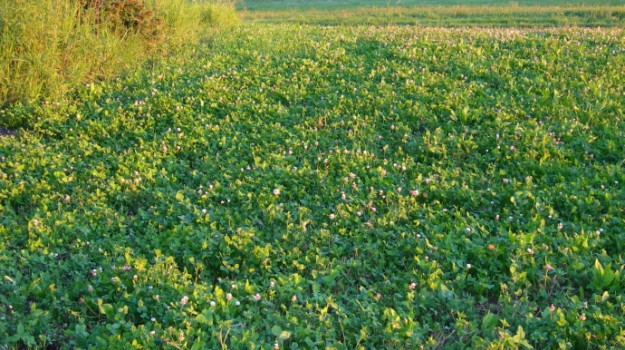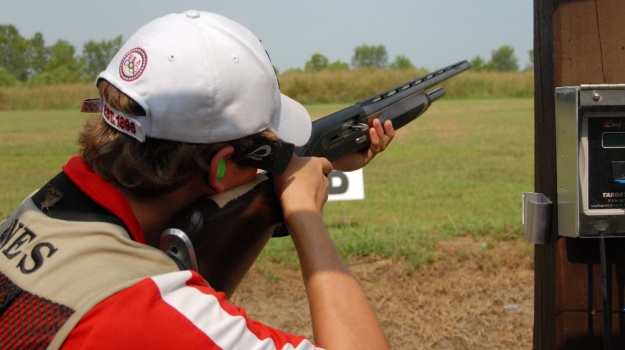
Most companies will claim a lifespan of three to five years on their perennials. However, if you care for them properly a perennial stand can last for many years. Perennials like red and white clovers, alfalfa, trefoils and chicory provide dependable nutrition and attraction and are especially important for antler growth, fawn rearing and early hunting season attraction. If you follow these words of advice you will get the most out of your perennial stand.
The soil that you begin with will be significant in how long your perennials will last. The pH of your soil needs to be fairly neutral (6.2 to 7.5) if you want longevity from your stand. If you have acidic soil (or a low pH) it doesn’t mean that you can’t grow perennials, it just means that you need to incorporate some lime into the soil to raise the pH and reduce the acidity. With an initially neutral pH a perennial stand can grow-on for eight to ten years or more.
Perennials should be mowed periodically during the growing season (at least three times). Mowing not only helps to keep broadleaf weeds and grasses at bay, but it also promotes new, more attractive, palatable growth on your perennials. Many people want to plant perennials because they believe they will be less work since you only plant them once and they last for years, but perennials actually need more “tractor time” than annuals. Perennials are less expensive for the production that you receive, but with the maintenance required they will take a bit more work than annuals if you wish to do it right.
In most regions of the country you may also find the need to treat your stand with a grass herbicide. Mowing will usually take care of broadleaf weeds, but in severe cases there may also be selective herbicides that will deal with the broadleaf problem, depending upon what type of plants are in your perennial stand. There are numerous brands of grass herbicides that will work over perennial blends like Clover Plus or Non-Typical. If you have questions contact a habitat consultant at http://www.plantbiologic.com.
It is also important, if you want longevity from your perennials, to feed them from time to time. It’s best to fertilize with what your soil test results recommend. Most often it will be a recommendation similar to around 300 lbs of 0-20-20 per acre annually. Many choose to fertilize at planting time and then during the spring annually thereafter. Some also believe that a boost of potassium during the late summer in the North, or early fall in the South, can increase cold hardiness of the stand. About 200-250 lbs of 0-0-60 per acre should suffice.
This tip is courtesy of the GameKeepers Field Notes, a weekly wildlife and land management email newsletter produced by the Mossy Oak GameKeepers.
A GameKeeper by definition is someone who truly loves AND lives the land, the critters and nature…not just during hunting season but all the time. A GameKeeper wants to be outdoors every day and work the dirt while living their personal “obsession”.
Find out more about what makes a GameKeeper by visiting our website.



























